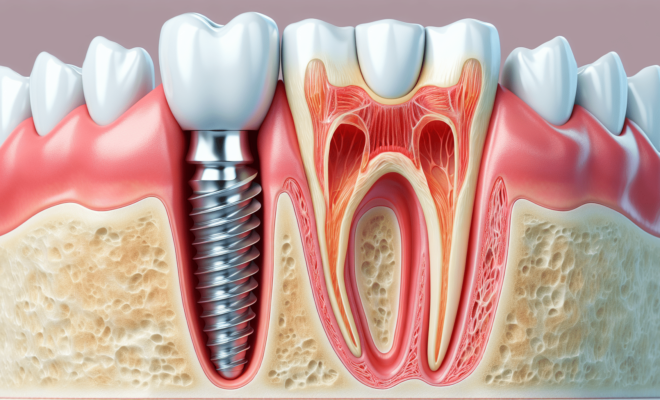The impact of technology on Internists’ practice

Stepping into the world of an internist, navigating the complexities of chronic conditions San Antonio residents face is a daily commitment. Technology, in this setting, isn’t just a tool—it’s an ally, changing the game entirely. This isn’t a scenario from a distant future, but a reality of today’s medical field. In this blog, let’s unravel the impact of technology, and its transformative role on the practice of internists addressing these chronic conditions in San Antonio.
The Digital Shift
Once upon a time, managing chronic conditions was a paper-and-pencil game. Not anymore. Digital records have replaced hefty binders and handwritten notes. With a few clicks, we can access a patient’s history, treatments, and responses. This shift has led to more accurate diagnoses, quicker treatment plans, and overall better patient care.
Wearable Tech and Chronic Conditions
Consider the role of wearable technology. We’ve all seen fitness trackers and smartwatches. But did you know they’re helping manage chronic conditions? They monitor vital signs, track trends, and even send alerts for irregularities. This constant data stream aids doctors like myself in making accurate, timely decisions.
Telemedicine – The New Normal
Then there’s telemedicine. It’s not just a buzzword anymore. It’s the new normal for many San Antonio patients dealing with chronic conditions. Telemedicine lets patients consult with their internists without leaving home. It’s a boon for those with mobility issues or for those who live far from a clinic.
Artificial Intelligence and Predictive Analysis
Artificial intelligence (AI) and predictive analysis are next on the horizon. These technologies use patterns to predict future health conditions. We can take action before an issue becomes a full-blown chronic condition. AI isn’t about replacing physicians—it’s about augmenting our abilities and providing better care.
Technology – An Ally, Not a Replacement
It’s crucial to remember technology does not replace the human touch. It does not replace the empathetic ear of a physician or the comforting hand of a nurse. Instead, it augments our abilities, providing us with more information and better tools to manage ‘chronic conditions San Antonio’ patients experience.
As we continue to embrace these advancements, we are shaping a new era in health care. An era where managing chronic conditions becomes more efficient and less stressful for patients. And as internists, we find an ally in technology, helping us better understand and treat our patients.








